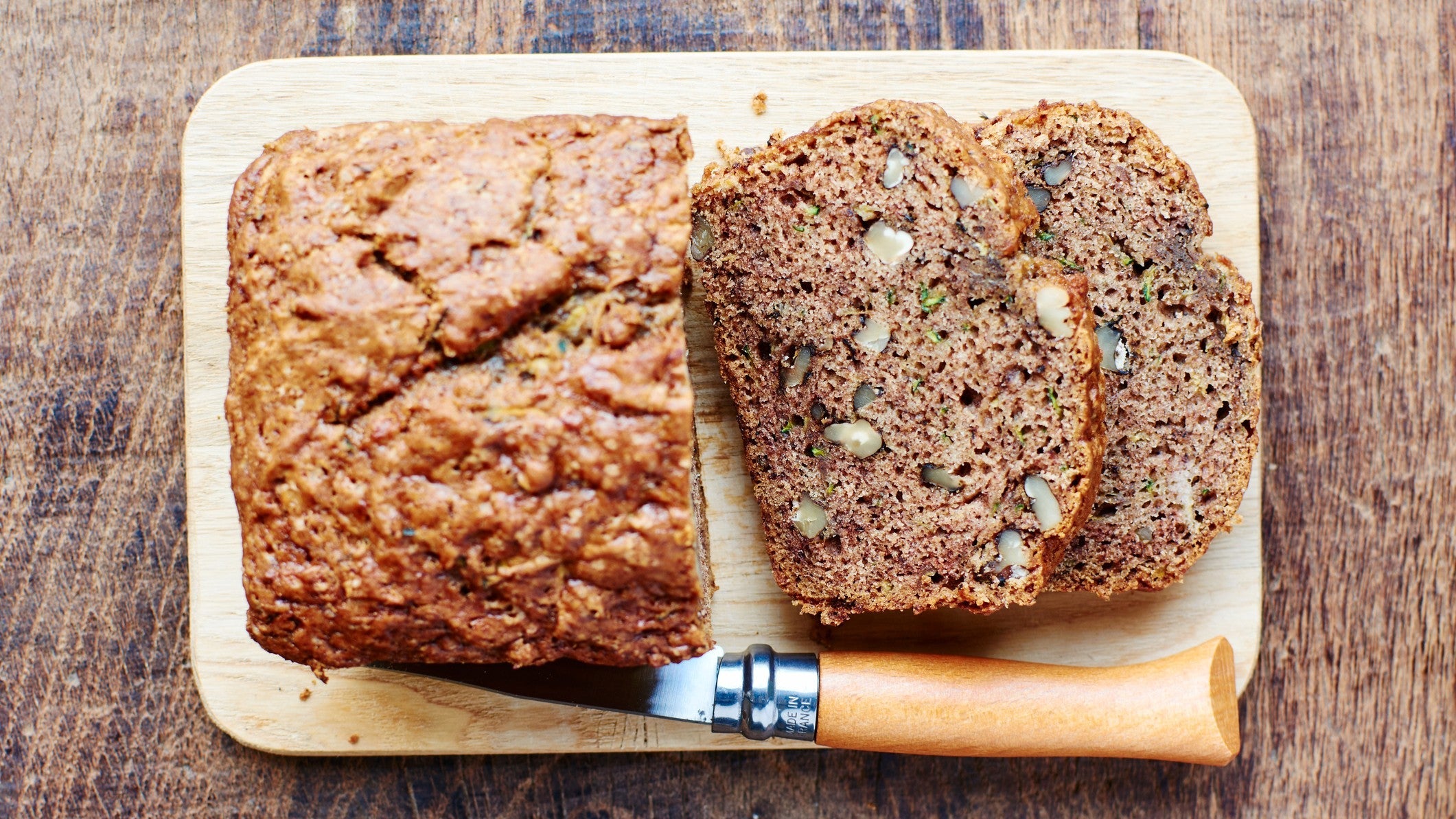11 Grown-Up Ways to Sneak More Veggies into Your Diet

(Photo: Getty Images)
It’s easy to pull one over on kids and sneak in more veggie variety by way of cauliflower mac and cheese or mashed parsnip in with their potatoes. But adding veggies to foods you’re already eating is a legit strategy for grown-ups, too.
Of course, they aren’t actually hidden since you’re the one responsible for cooking — and we don’t recommend deceiving adults by sneaking ingredients in their food. But that doesn’t mean you can’t boost the nutrition content of your favorite meals in a non-obvious way.
Vegetable recommendations
“In general, the recommendation for adult women is 2 to 3 cups of vegetables per day. However, the recommended amount can vary based on age, height, weight and level of physical activity,” explains Kristen Smith, MS, RDN, LDN, spokesperson for the Academy of Nutrition and Dietetics.
A review of studies in 2017 found that people who had between five and 10 servings of fruits and vegetables per day saw lower incidence of death of all causes. Another study found that five servings of fruits and vegetables per day was ideal. More servings didn’t appear to decrease chances of death of any cause, but the study found that fruit juice and starchy vegetables like peas, corn and potatoes weren’t associated with reduced mortality.
“Vegetables offer a food option that is low in calories and fat and loaded with important nutrients such as potassium, dietary fiber, folate, vitamin A and vitamin C,” Smith says.
To maximize nutrient intake, sneak in more veggies varying in color and pigment. Red vegetables pack potassium and vitamins A, C and K. Green vegetables deliver calcium, iron, magnesium, and vitamins A, C, E and K.
Learning to like vegetables
If you don’t like vegetables, learning to like them can go a long way toward consuming more each day, says Cara Harbstreet, MS, RD, LD, of Street Smart Nutrition.
With plenty of options, you don’t have to force yourself to eat any vegetable you don’t like. Instead, experiment with cooking techniques like roasting, steaming or air frying to find something you like.
“Adding a dipping sauce like ranch or honey mustard, cooking in butter or serving with a cheese sauce can all be more delicious ways to eat veggies,” Harbstreet says.
Vegetables can be consumed in any form you like to get your servings. Frozen and canned varieties can be more affordable and easier to prepare than fresh.
Here are some creative ways to sneak in more veggies—without feeling like you’re chopping, cooking and eating all day.
1. Go international
“Skip the standard American favorites and try some international cuisine,” says Cordialis Msora-Kasago, MA, RDN, media spokesperson for the Academy of Nutrition and Dietetics. “Many cultural diets are plant-forward and have interesting and delicious ways of including veggies every day. From West African okro soup to Indian saag, international flavors will have you enjoying veggies at every single meal.”
2. Try jackfruit
Substitute jackfruit in your favorite taco, burrito, pulled pork or chicken curry. It gives the texture and flavor of meat, and it adds produce to your diet, Msora-Kasago says.
3. Extend meat with mushrooms
You also can stretch meat in any recipe with ground beef or turkey — like burgers, meatloaf, meatballs or tacos — with ground white or baby bella mushrooms, says Lauren Harris-Pincus, MS, RDN, author of The Everything Easy Pre-Diabetes Cookbook (Adams Media, 2021). “It will act as a meat extender with the same texture but stretch your grocery budget while consuming less meat per serving for the same portion size.”
4. Use zucchini in lasagna
Add zucchini slices to lasagna, says Brenda Peralta, RD: “Alternate between the lasagna pasta and the slices of zucchini. That way, you add more volume and more fiber to the regular dish.”
5. Start with veggies
Add your favorite vegetables — such as mushrooms, tomatoes, broccoli or chives — to your scrambled eggs. “You can add any veggie you like to your breakfast,” Peralta says. “This adds bulk and keeps you fuller during the entire morning.”
6. Blend them into a smoothie
Almost any vegetable sneaks into smoothie recipes nicely. Throw in some greens like broccoli and spinach along with lemon. You also can mask the veggie flavor with berries or a banana. Add some yogurt and the milk of your choice.
7. Top pizza with veggies
Pizza toppings like mushrooms, spinach, kale, artichoke, tomatoes and basil add a nice touch to any pie.
8. Toss veggies into pasta sauce
Another great way to sneak in more veggies is by blending them into pasta sauces, says Gisela Bouvier, MBA, RDN, LDN, MIEP. Tomatoes are the base to a delicious pasta sauce, but you can add in more to increase vegetable intake, as well. Some great veggies to blend in include onions, zucchini, squashes, cauliflower and frozen spinach.
9. Put them in baked goods
“My favorite way to increase my vegetables is to add them into baked goods, like zucchini muffins or pumpkin bread,” says Amy Goodrich, MS, RD. “Those still count.”
10. Layer veggies on sandwiches
Add lettuce and tomato to your sandwich. “Sometimes a softer lettuce like butter lettuce or baby spinach will be less noticeable,” says Sarah Skovran, RDN, LD. Microgreens and sprouts add interest to a basic sandwich. Cooked zucchini has a delicate flavor and a texture that you might not even notice.
11. Make rice half cauliflower
Anytime your meal uses rice, make it half cauliflower rice. You’ll get the rice texture with an extra serving of vegetables.